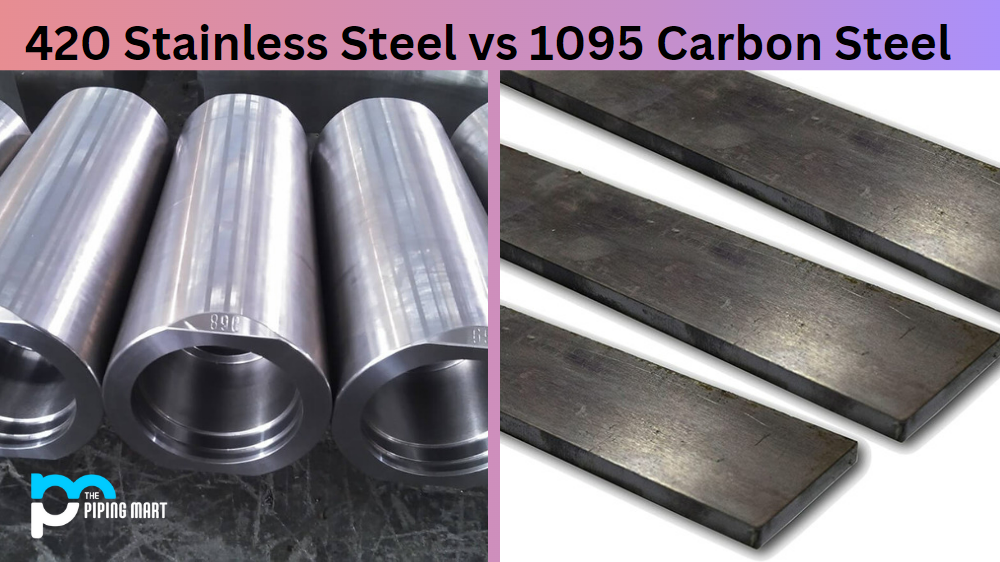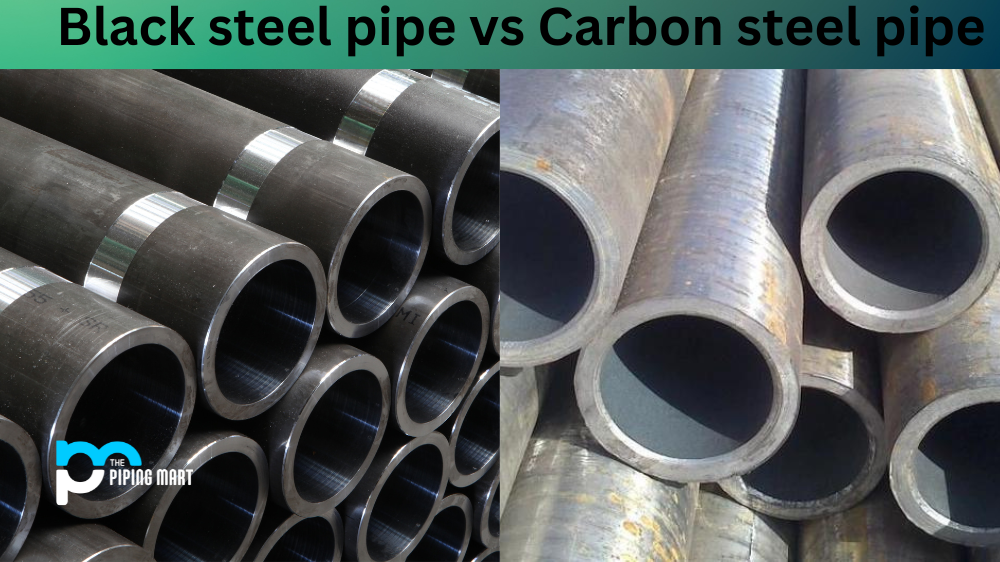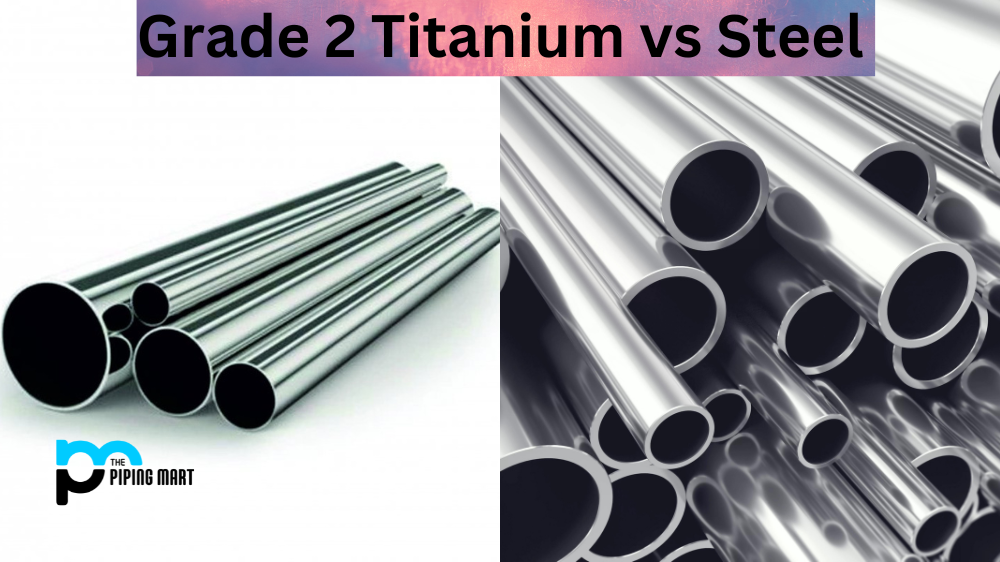Understanding the difference between stainless and carbon steel is crucial if you want to invest in a high-quality blade. Two popular blade steel types often compared are 420 stainless steel and 1095 carbon steel. Although both are commonly used blade steels, they have very different properties that make them ideal for other purposes. This blog that’ll expost’lley the differences between 420 stainless steel and 1095 carbon steel.
Difference Between 420 Stainless Steel and 1095 Carbon Steel
Composition
One of the significant differences between 420 stainless steel and 1095 carbon steel is their composition. 420 stainless steel comprises 12-14% chromium, which gives it excellent corrosion resistance but slightly lowers its durability. On the other hand, 1095 carbon steel is composed of only iron and carbon, which makes it harder and stronger but less resistant to rust and corrosion.
Hardness
When comparing the hardness between 420 stainless steel and 1095 carbon steel, the latter is much more complicated. 1095 carbon steel is much more challenging to shape and sharpen but can hold a sharper edge for longer than 420 stainless steel. On the other hand, 420 stainless steel is much easier to sharpen, but it also dulls more quickly when compared to 1095 carbon steel.
Versatility
The difference in properties of 420 stainless steel and 1095 carbon steel makes them suitable for different applications. For example, due to its excellent corrosion resistance, 420 stainless steel is used primarily in the production of kitchen knives, fishing knives, or diving knives. 1095 carbon steel, on the other hand, is commonly used to manufacture survival, hunting, or tactical knives, where toughness and strength are primary requirements.
Maintenance
The maintenance requirements are another crucial factor to consider when choosing between 420 stainless steel and 1095 carbon steel. Because of its resistance to rust and corrosion, 420 stainless steel requires less maintenance. However, it can still benefit from occasional cleaning and oiling, especially when exposed to harsh or damp environments. 1095 carbon steel requires much more attention to maintain its edge and prevent rusting. Regular cleaning, drying, and oiling are crucial to keep it functional and in good condition.
Price
Regarding price, there’s a significant difference between 420 stainless steel and 1095 carbon steel. Generally, 420 stainless steel is more affordable than 1095 carbon steel. However, it’s worth keeping in mind that there are various grades of both types of steel, and the prices can vary significantly depending on the specific degree you’re looking for.
Conclusion
In conclusion, the difference between 420 stainless steel and 1095 carbon steel comes from their composition, hardness, versatility, maintenance requirements, and price. While both are suitable for making quality blades, each has unique properties that make them ideal for specific purposes. Knowing the difference between the two can help you choose the correct blade steel for your intended high-quality application within your budget.
Sakshee is a talented blogger, with a particular focus on the Business and Metal Industry. She is passionate about sharing her insights on various metal products and helping professionals to make a better decisions.




